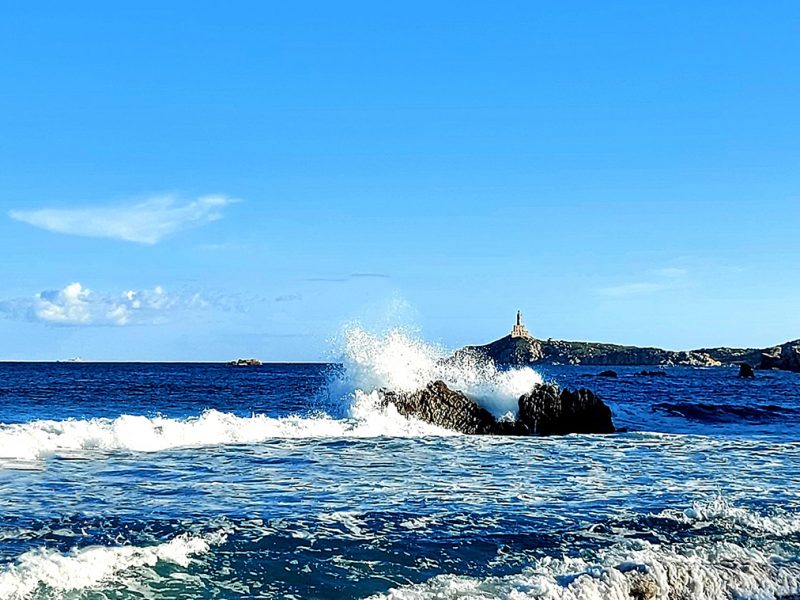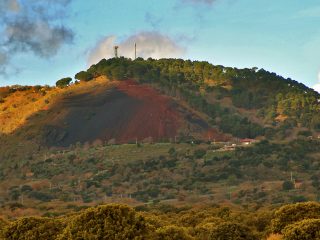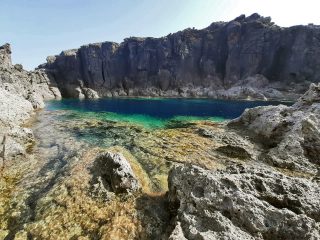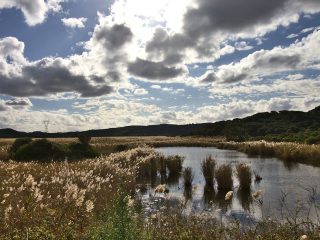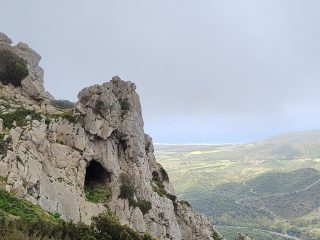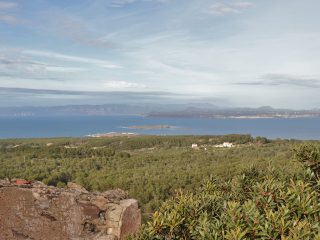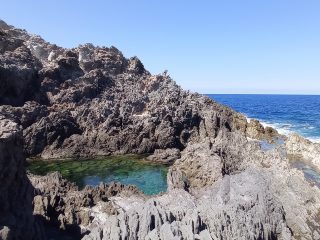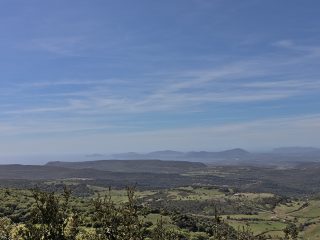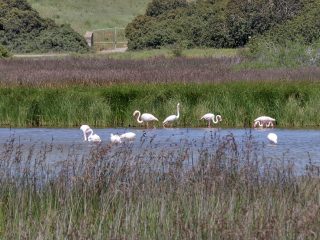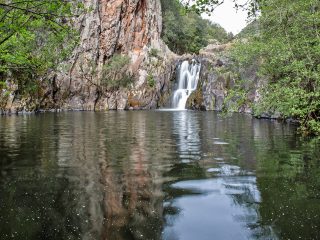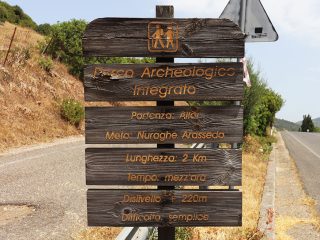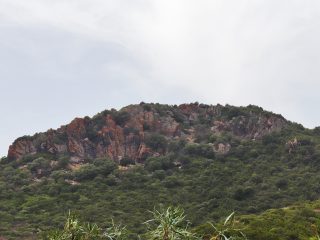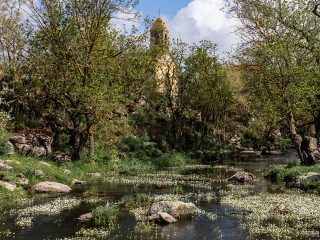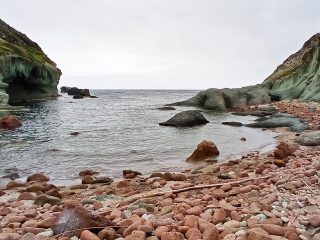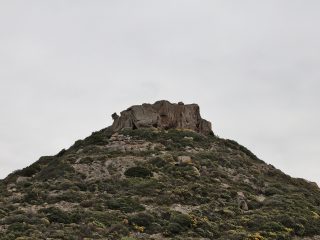The Capo Carbonara protected marine area is a protected nature site within the municipality of Villasimius.
The protected marine area lies to the south-east of Sardinia, in the Tyrrhenian Sea area extending from Capo Boi as far as the Isola di Serpentara opposite, and includes the Capo Carbonara promontory and the Isola dei Cavoli, for a total surface area of 14,360 hectares.
The area also includes the shallows of Berni (in the area of sea opposite Villasimius, between the Isola dei Cavoli and the Isola Serpentara), the shallows of Mezzo and of Libeccio (to the south of the Isola dei Cavoli), the shallows of Santa Caterina to the west of the cove of the same name and the shallows of Pescatelli in the area of sea opposite Porto Sa Ruxi.
The AMP is the third largest marine area in Sardinia and is split into four areas, with different levels of protection: Zone A (full reserve), Zone B (general reserve), Zone C (partial reserve) and Zone D (experimental reserve).
The area’s seabeds are home to a vast Posidonia oceanica meadow which is the natural habitat for different specimens of Pinna nobilis, more commonly known as “the fan mussel”. In the underwater parts of the promontories between the typical granite rocks of this part of Sardinia, we can spot Alcyonacea and sea daffodils.
Types of algae found in the area include the Cystoseira. This plays an important role in the Mediterranean coastal-marine ecological system, so much so, that it has earned the title of “ecosystem builder”.
The ban on fishing has allowed the waters in the entire area to restock over the years. Indeed, all Mediterranean fish species can be found here, in particular: wrasses, porgies, serranidae, congridae, Moray eels and carangidae. It is not uncommon to encounter a school of saddled seabream, dreamfish and damselfish. The barracuda, greater amberjack and common dentex can also be found in all the shallows. Grouper and corvina will approach those scuba diving or come inshore.
It is also not uncommon to spot specimens of dolphins, especially in the early hours of the morning and at sunset.
Deep-sea fishing is off-limits in all zones. In Zone A, the area with the highest protection level, both swimming and sailing are banned. In the other zones, however, scuba diving with SCBA is permitted, after receiving permission from AMP management or if accompanied by authorised operators.
Scuba diving has a strong appeal both from a nature point of view and from an archaeological and anthropological viewpoint. Indeed, there are numerous shipwrecks in the area from various periods of history, from Roman galleys to Spanish sailing ships, right up to modern crafts.
Other important protected sites fall within AMP such as: the Site of Community Interest (SCI) “Isola dei Cavoli, Serpentara, Punta Molentis e Campulongu” and the Special Protection Areas (SPA) of “Capo Carbonara e stagno di Notteri – Punta Molentis”, “Isola dei Cavoli” and “Isola Serpentara”.
The Capo Carbonara Protected Area takes its name from the promontory of the same name. The small town of Carbonara, or rather “Crabonaxa”, only became Villasimius in 1862. Its original name was linked to the intense activity of exploiting charcoal which was practised in this area in the past.
Down through the centuries, these coastlines have always been a strategic area for maritime traffic control. The large number of lookout towers here since the Middle Ages is proof of this.


